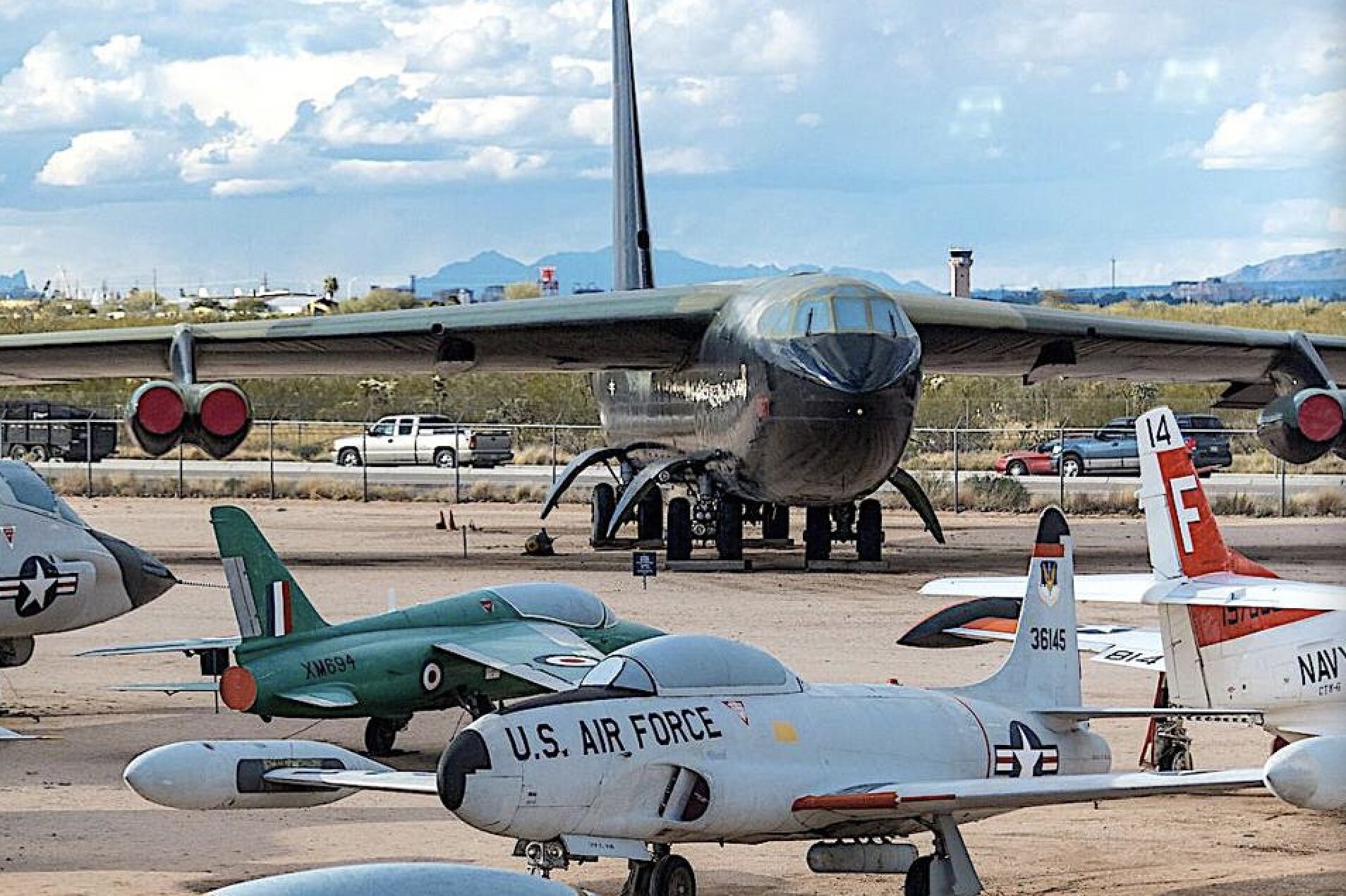John Mariani Contributor Forbes.com
Sunsets in Tucson are reason enough to visit. JOHN MARIANI
If Tucson had nothing more to offer than its twilights and sunsets, it would be reason enough to visit. In fact, when you visit the city most residents heartily recommend you get to the outskirts if you seek the true western spirit of the place, starting with Sentinel Peak, a natural landmark whose Mission Garden traces Tucson’s four millennia history of agriculture.
Alternately there’s the Juan Baustista de Anza National Historic Trail, which runs for 1,210 miles, based on the route the Spanish commander de Anza took 200 colonists from Mexico all the way to San Francisco Bay.
I didn’t have the time for any such treks on my last visit to Tucson, so I stayed close to downtown, which has more than enough historic and culinary attractions to occupy several days in the area. The four-mile Sun Link Tucson Streetcar connects all six downtown districts, making a casual off-and-on visit easy.
Tucson was established as a Spanish military fort in 1775, sadly appropriated from the Native Americans who had lived there for millennia. The current day Presidio San Agustín del Tucson Museum has a reconstruction of the original Presidio, showing what life was like at a time the American Revolution was in full swing back east. From there you can walk a 2.5-mile loop trail through downtown’s historic sites.
The Tucson Museum of Art has one of the southwest's finest collections of the art of the Americas.
Here, too, is the Old Town Artisans street, established in 1922, housing art galleries and shops built on the vestiges of the original Presidio wall. Right next door is the superb Tucson Museum of Art and Historic Block, founded in 1924 and relocated in 1975, now covering a four-acre block of downtown. It’s one of the finest collections of western art in the Americas, with strong holdings in modern and Asian art as well. The Museum has just broken ground on the Kasser Family Wing that will feature an extensive collection of Pre-Columbian and Latin American Art.
I was delighted by the museum’s Mexican folk art by the Puebla artist Francesco Flores’s “Brass Band Tree of Life” (1996), and currently there is an exhibition on “The Western Sublime: Majestic Landscapes of the American West,” with a daunting array of artists ranging from Ansel Adams and Albert Dierstadt to Eadweard Muybridge and the Cherokee artist Kay Walkingstick.
The Xavier Mission is the oldest of its kind in Arizona. VISIT TUCSON
Nine miles south of town is a very fine Mission Xaviar del Bac, the oldest intact European structure in Arizona, one of the largest and most beautiful of those established by the Spanish in 1692, with the current structure finished in 1797. An earthquake damaged the mission in 1887 and a lightning strike hit the West Tower lantern in 1939. Major restoration work began in 1999 and continues, and it is now a National Historic Landmark.
While the main building is constructed in the usual mix or brick, stone and lime mortar, Mission Xaviar’s masonry vaults are unique among U.S. Spanish Colonial buildings. Of particular interest are the statues, whose artists are unknown, draped in stiffened gessoed clothing. A shell motif pays homage to the patron saint of Spain, James the Greater. (There is a 20-minute video that fills you in on its past and present.)
The Pima Air and Space Museum displays scores of planes from every era and nation. VISIT TUCSON
I’ve always had an avid interest in aviation history so it was requisite for me to visit the Pima Air & Space Museum, spread over several acres of the Sonoran desert outside of Tucson. To my mind, this is one of the finest museums of its kind with an astounding array of airplanes from every era. The indoor setting of seaplanes shows just how huge they were, and the carrier-based Grumman F-14 and Vietnam War fighter planes possess impressive power just sitting on the ground. There are B-17 and B-29 bombers, Kamikaze fighters, uniforms, flight logs, instruction manuals, flags, gun sights, bombs and rockets. The Joyce M. Corrigan Women in Flight Gallery examines women’s contributions to the history of aviation.
All the planes in the indoor galleries are in impeccable shape, looking ready to be shipped to a theater of operation, but outside an even greater number are lined up on the tarmac in the broiling Arizona sun, which has not been kind to their metal skins or colorful paint.
I was determined to see everything outside, but because of their sheer number and the June heat, however dry, bore down on me with overwhelming intensity, which only made me vow to return at a cooler time of year to try to take in all that is displayed in this marvelous museum. Tucson’s restaurant scene has gotten much better in the last five years, and I shall be devoting another article to that subject soon. (original article appeared on Forbes.com on Jan. 29, 2020 and was authored by contributor, John Mariani)







